Today, there is dangerous news from the Pokrovsk direction.
Here, the Russians pushed their breakthrough on the eastern flank in a surprise direction, putting the new Ukrainian Donbas defense line to the northwest in critical danger before it could be manned. With the gap already exploited by the enemy, the Ukrainian command now has a brief window fix the situation by redeploying its most lethal unit, the Azov Army Corp.
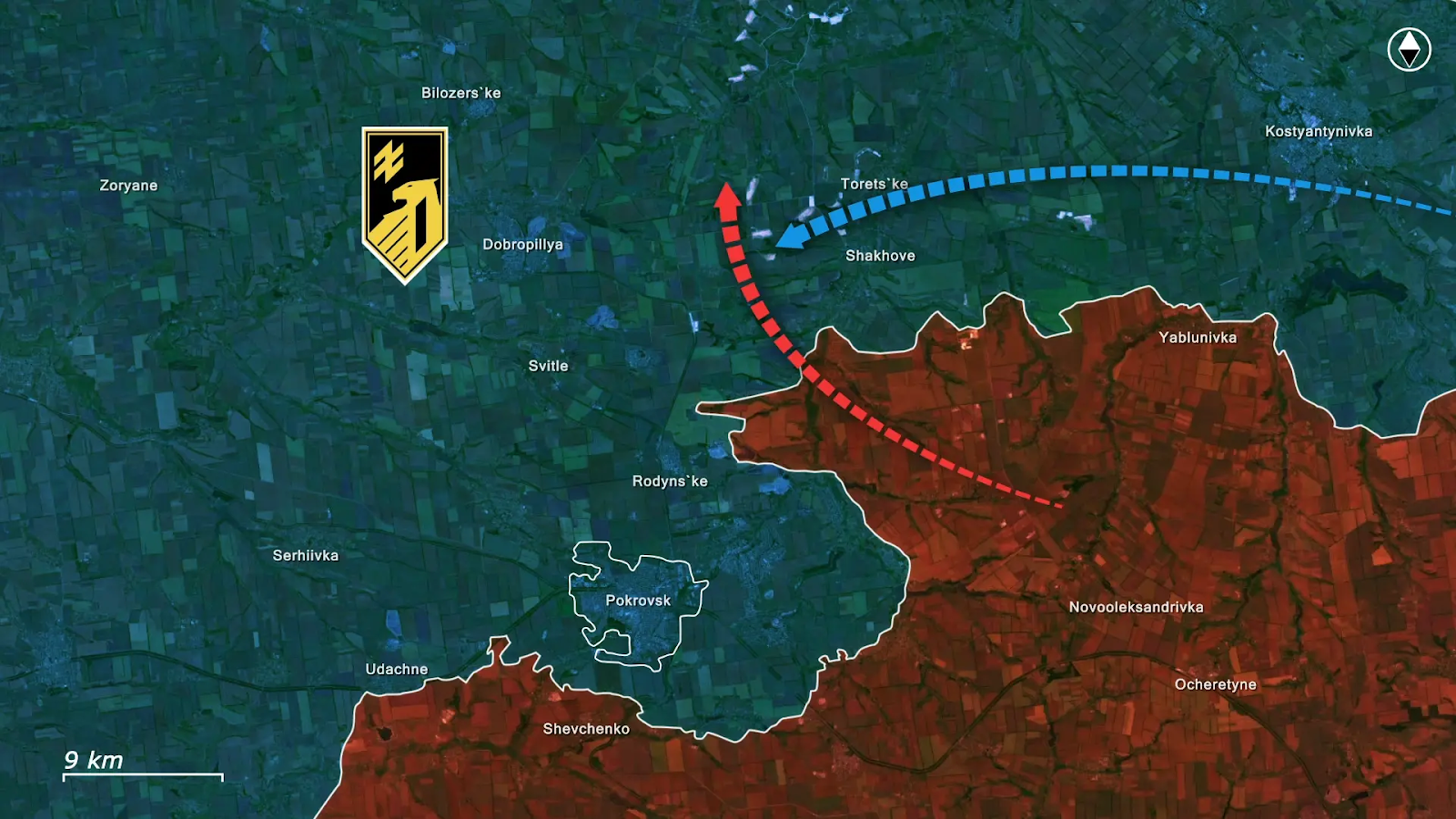
After the initial Russian push on the eastern flank, the expectation was that Russian forces would try to repeat their Avdiivka playbook, encircling Pokrovsk from the east through a slow tightening of the flanks.
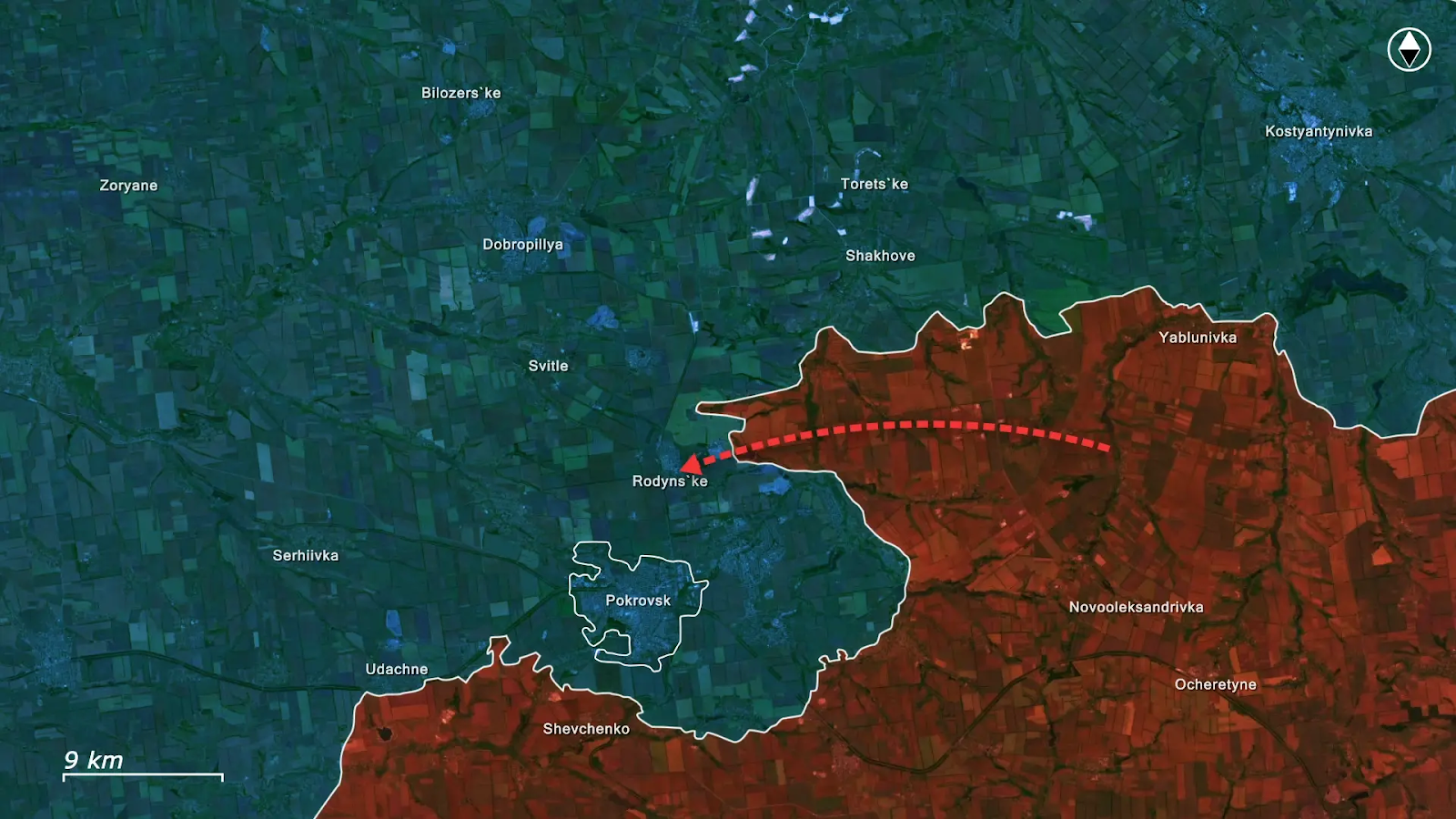
Instead, Russian commanders made a sharper and bolder move, as they identified a thinly held section of the Ukrainian line to the north and rushed it before proper defense and coordination could be established. The push was aimed not only at threatening Pokrovsk but also at undermining the newly constructed Donbas defense line, a layered system of trenches, fortified points, and natural barriers designed to slow attackers until drone operators and mobile reserves could respond.
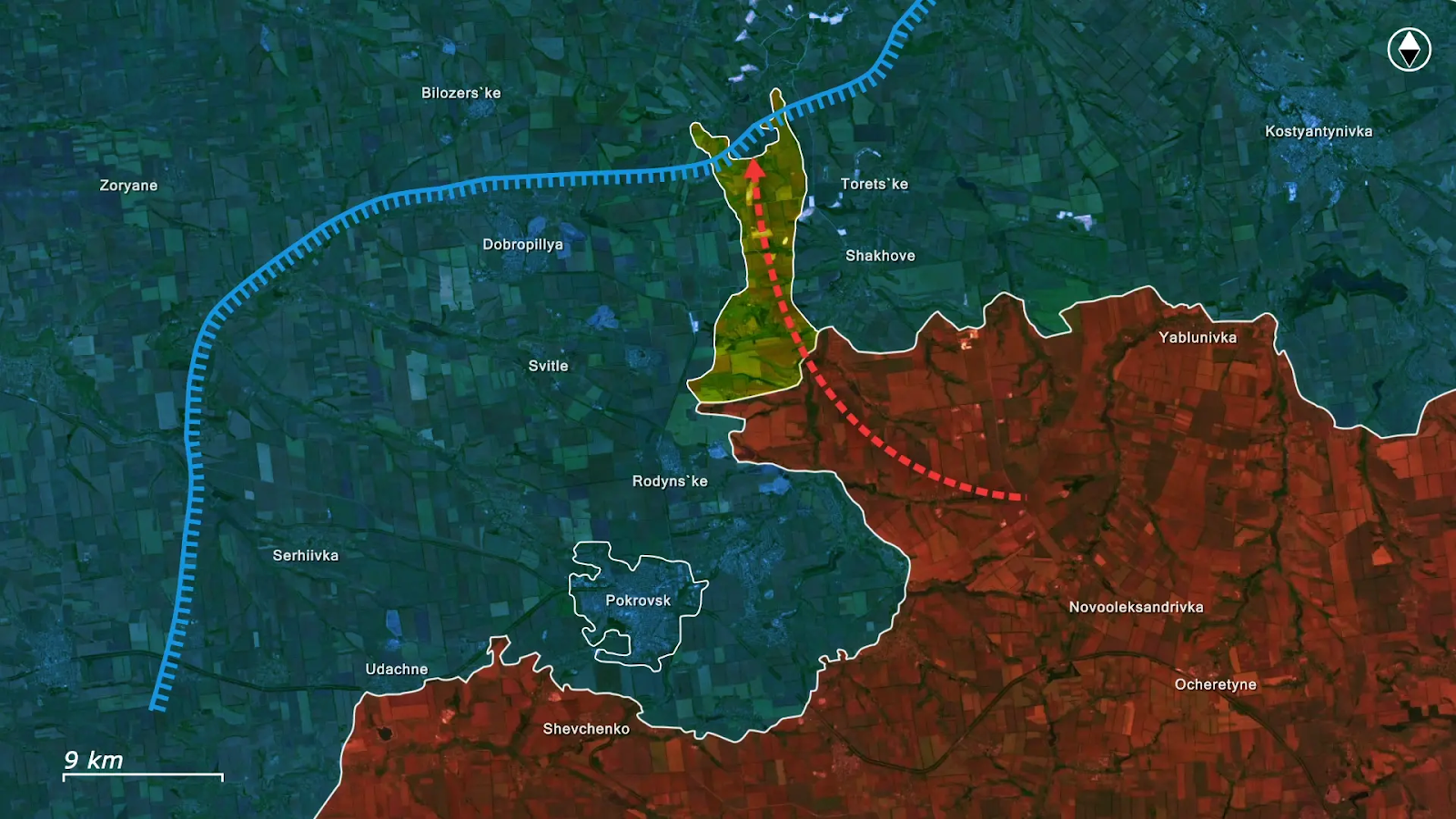
Over several days, Russian forces advanced between Shakhove and Dobropillia, using infiltration tactics to seize or contest multiple settlements. Russian troops used the tree lines to infiltrate the settlements, where they began building up forces. They pushed into several of them, making gains and breaking through at almost 13 kilometers deep in around 3 to 4 days. Alarmingly, they then pressed forward and bypassed the newly built heavy fortifications with ease while they were unmanned, threatening to turn these strongpoints against Ukrainian defenders. Now, they are attempting to entrench near Novovodiane, pressing toward the Dobropillia–Kramatorsk highway.

This advance was in part made possible by a breakdown in Ukrainian coordination. Although the Armed Forces have largely overcome past issues with communication and transparency, in this most critical sector of the frontline the old weakness resurfaced. Commanders from one brigade reported to higher headquarters that the situation was under control, claiming that all enemy forces had been neutralized, even as soldiers on the ground urgently reported ongoing Russian infiltration and force buildup. A shortage of manpower meant that even well-prepared defensive positions were left under-defended, while the integrated response, combining drones, artillery, and aviation, failed to be deployed with the speed and cohesion required to stop the enemy advance.
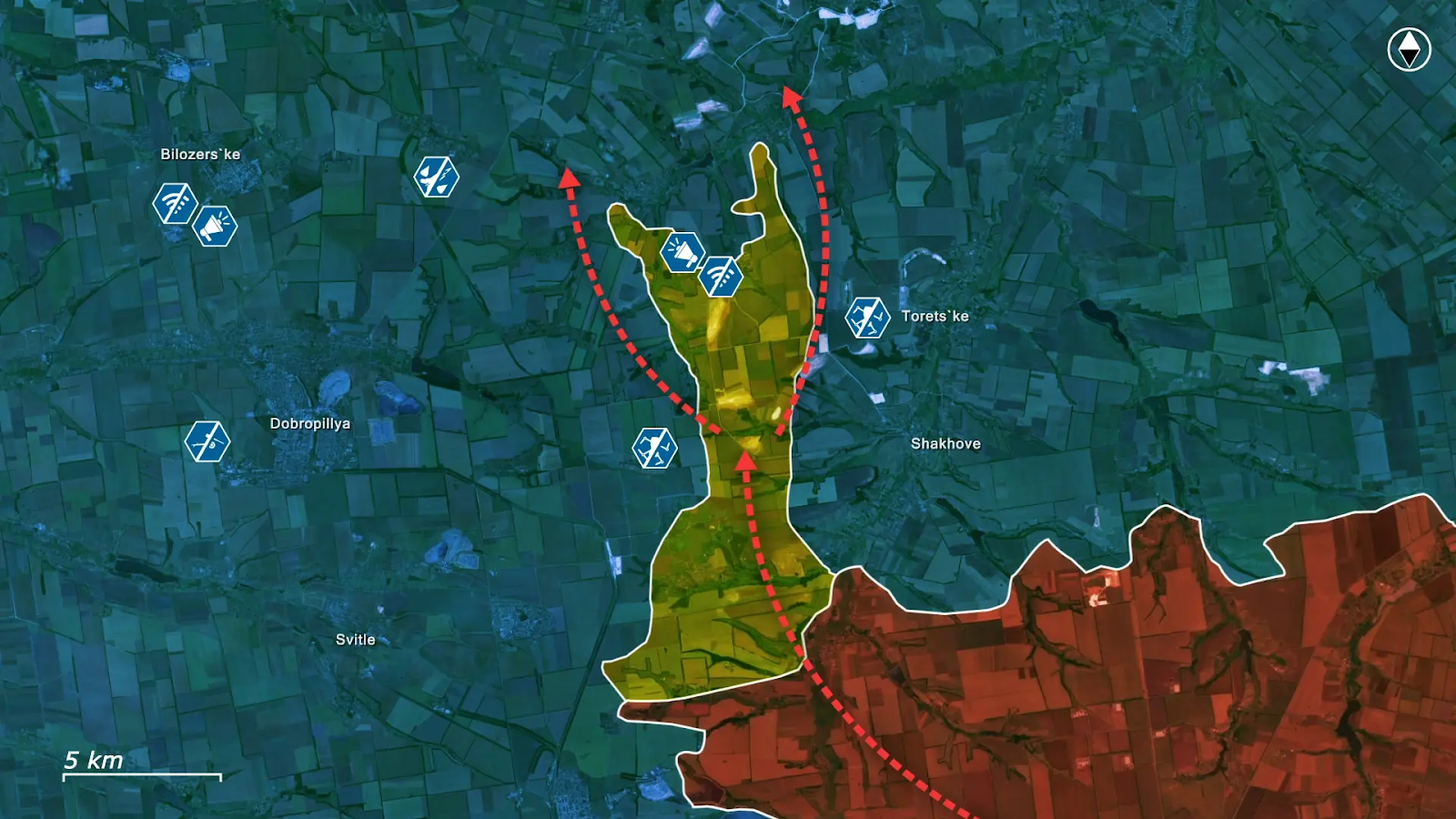
Government-linked Russian analysts publicly downplayed the gains, calling them reconnaissance and infiltration operations, not a breakthrough, further playing into the Ukrainian underestimation of the Russian threat. But in reality, once the gap was found, the Russian command sent actual assault forces, not just small sabotage teams. This also reveals a failure of Ukrainian reconnaissance and intelligence, as if drone surveillance here had been sufficiently layered and constant, such movements would likely have been detected and targeted long before they reached such dangerous depth.
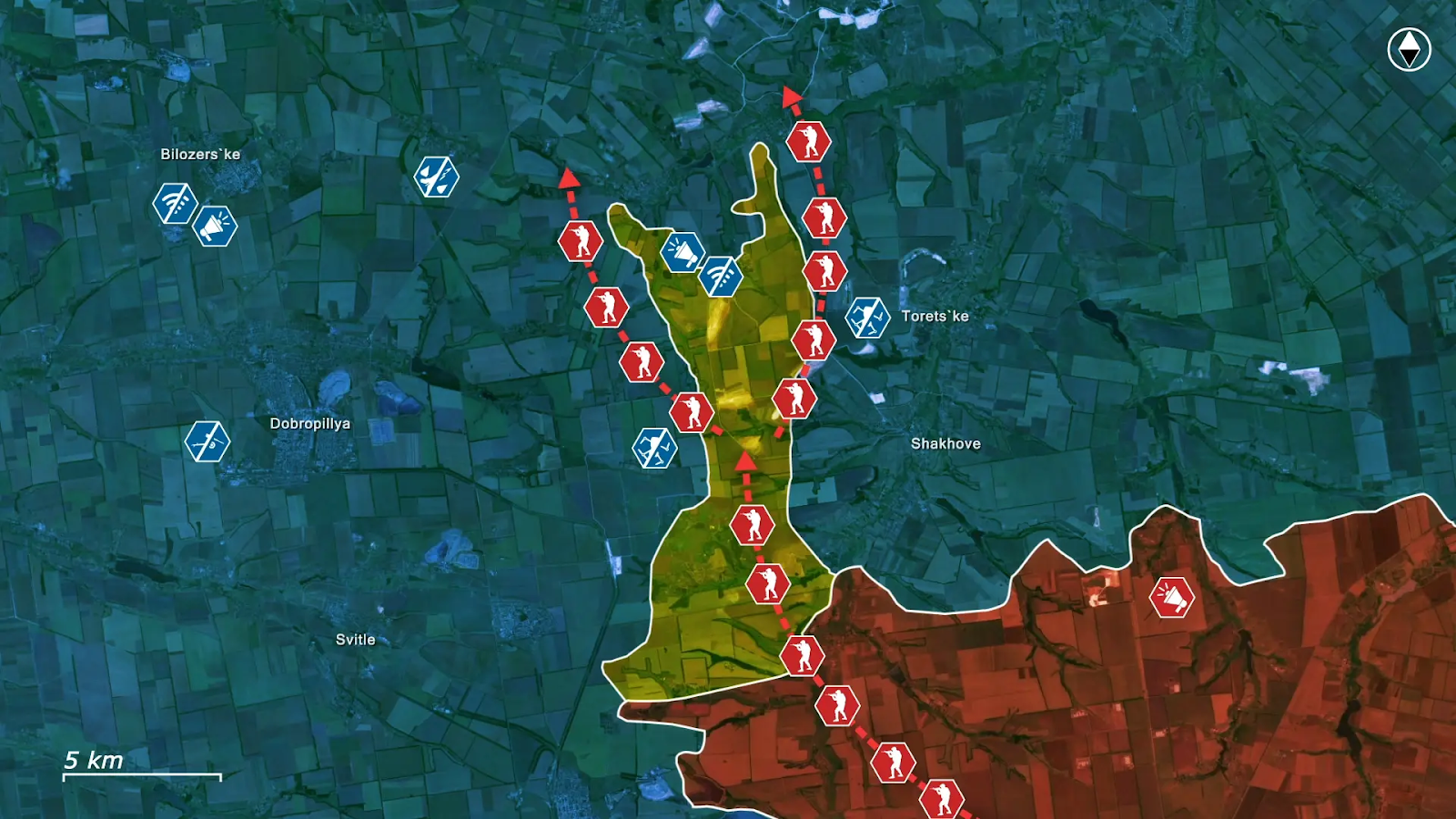
The urgency of the situation is underscored by a public letter from a prominent Azov Brigade commander to President Zelensky. He warned that once the Russians take control of Ukraine’s defensive structures, removing them will be close to impossible. The only viable response is an immediate pincer maneuver to cut off the spearhead from reinforcement, followed by a clearing operation. Yet such a counterattack is risky, as the Russian command almost certainly anticipates it and may be setting a trap.
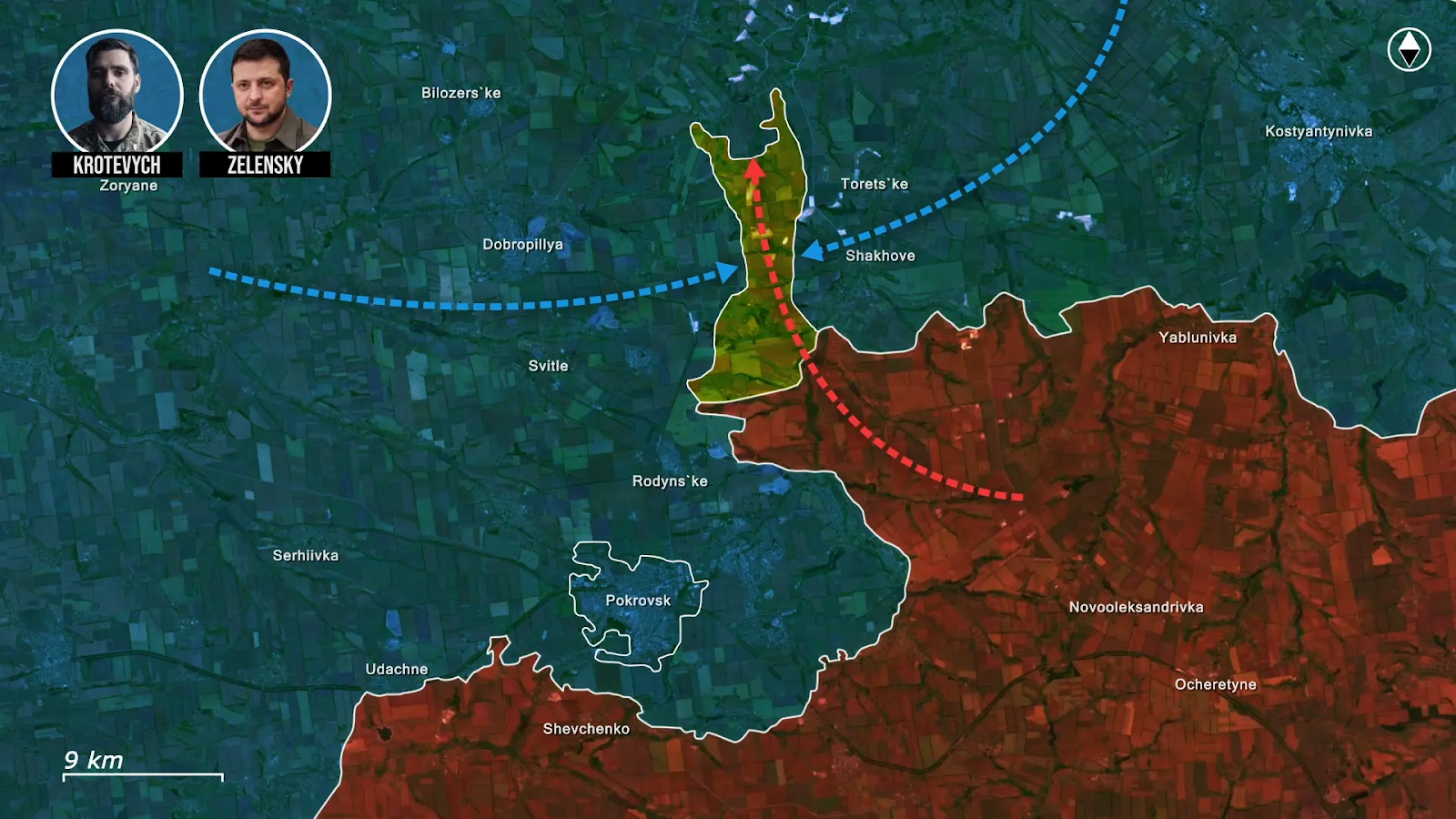
Still, the alternative of letting the Russians dig in further could be far worse, so timing will decide everything. A swift, coordinated counteroffensive while the Russians are still consolidating could succeed, but hesitation would all but guarantee long-term loss of the area.
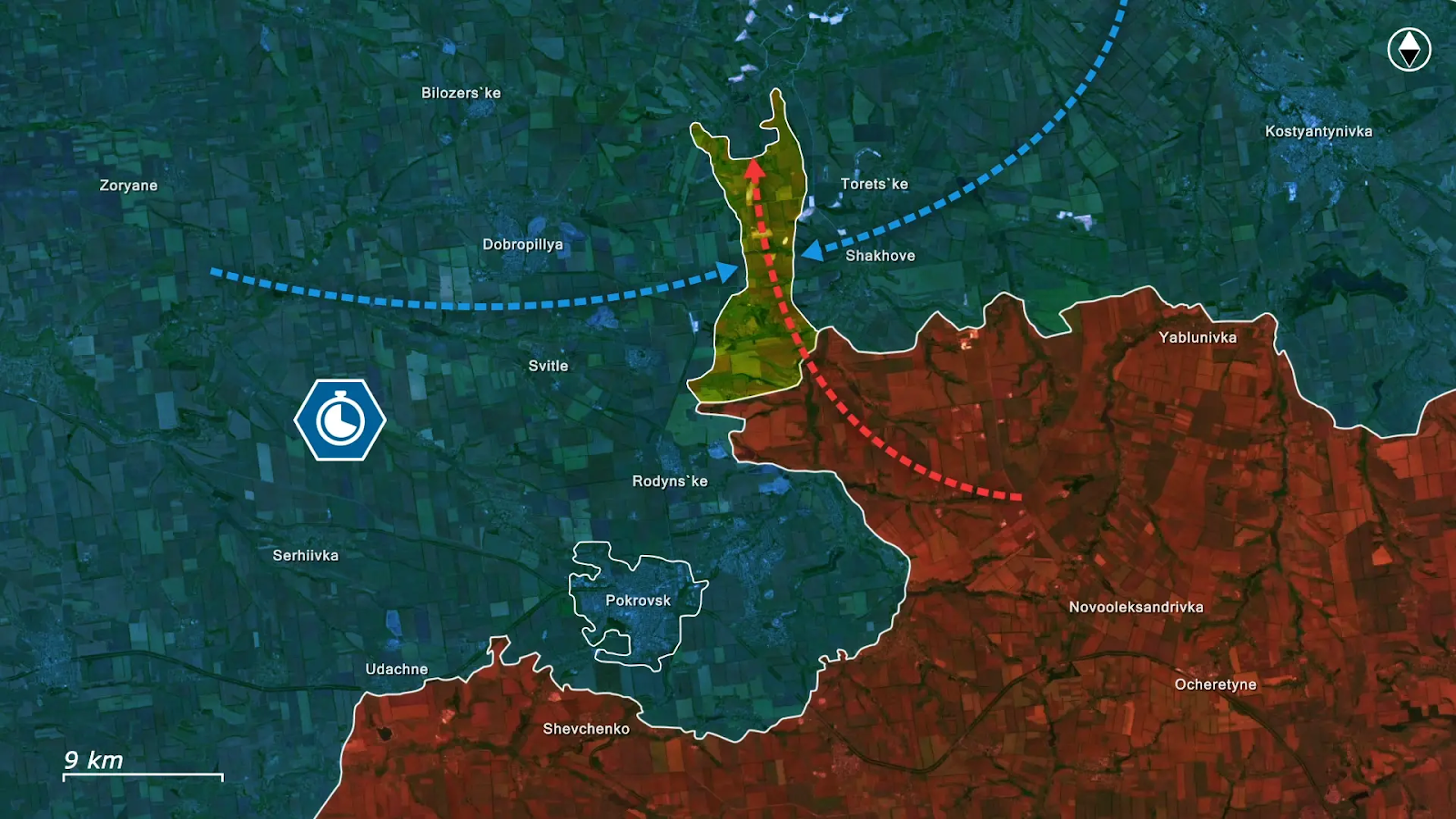
As a result of the danger, the Azov army corp has now been redeployed to the Pokrovsk sector, indicating the Ukrainian high command’s intent to act decisively, as the stakes extend far beyond Pokrovsk.
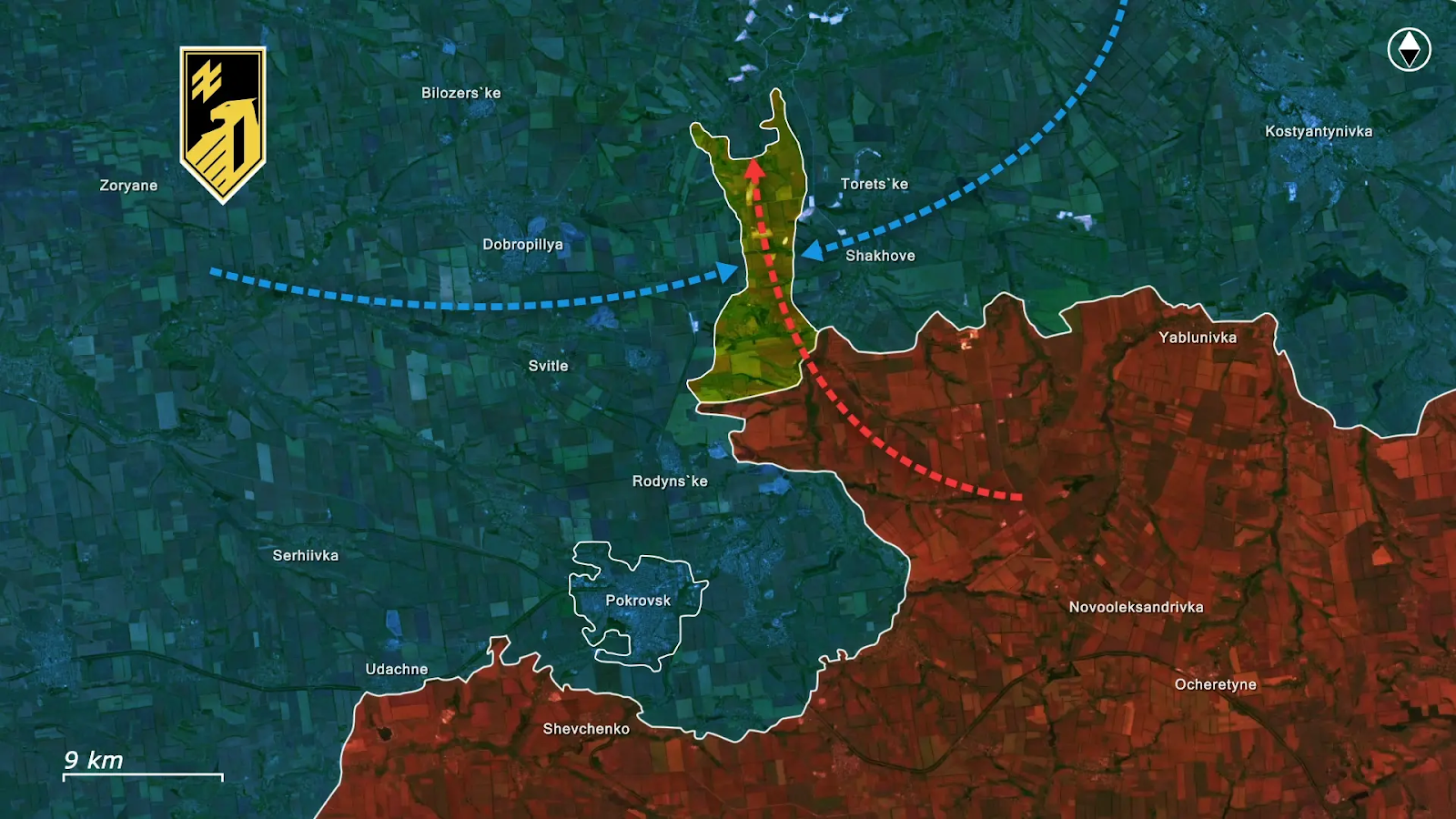
The Russian gains threaten not just the town but the broader Donbas defense line and multiple settlements in the Ukrainian-controlled part of the Donetsk region. If unhindered, this penetration could unravel months of fortification work and open the way for deeper Russian advances.
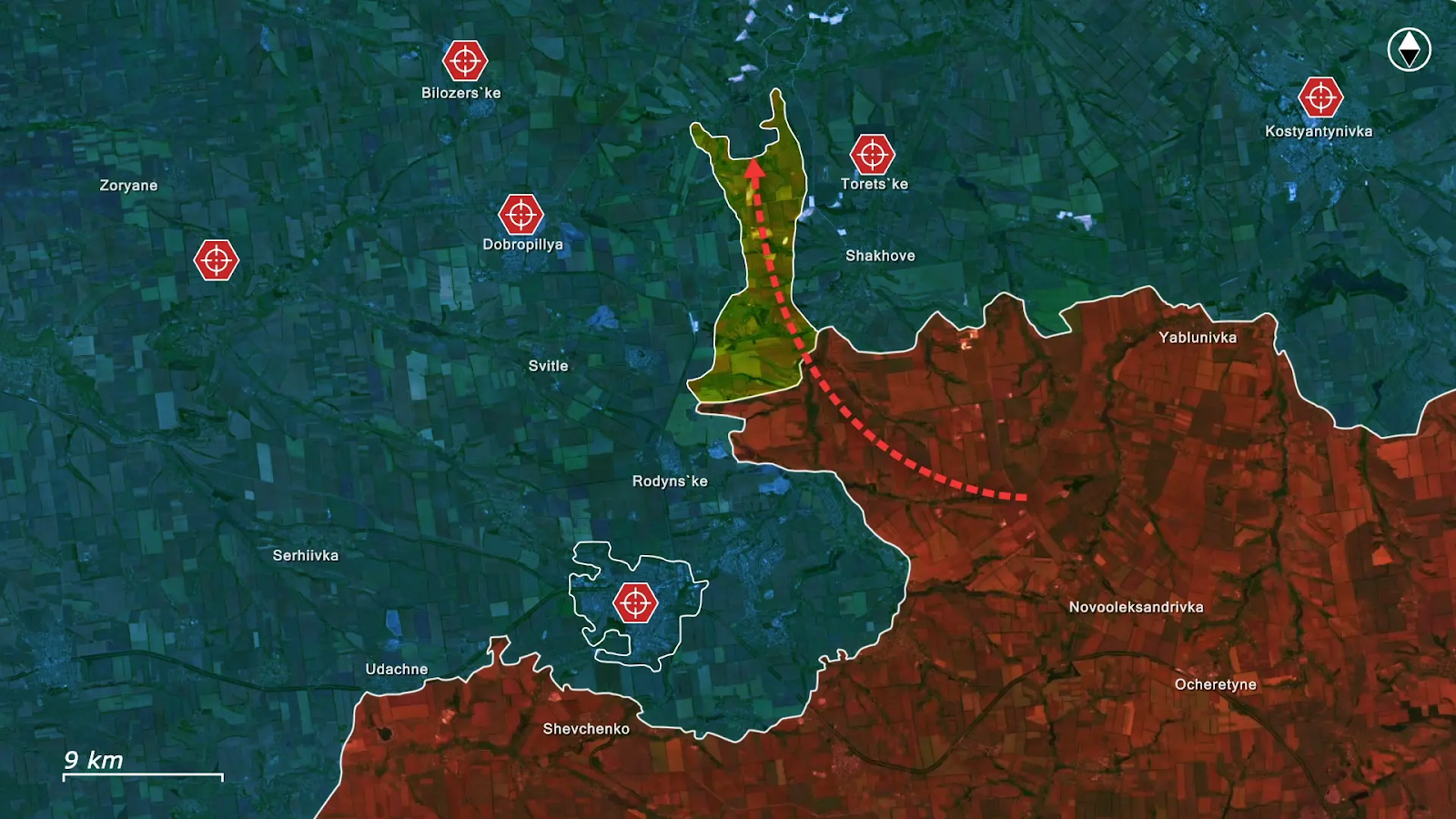
The timing is also politically charged, as the breakthrough comes just days before the announced Putin–Trump meeting in Alaska, adding haste to Ukraine’s need to stabilize the front.
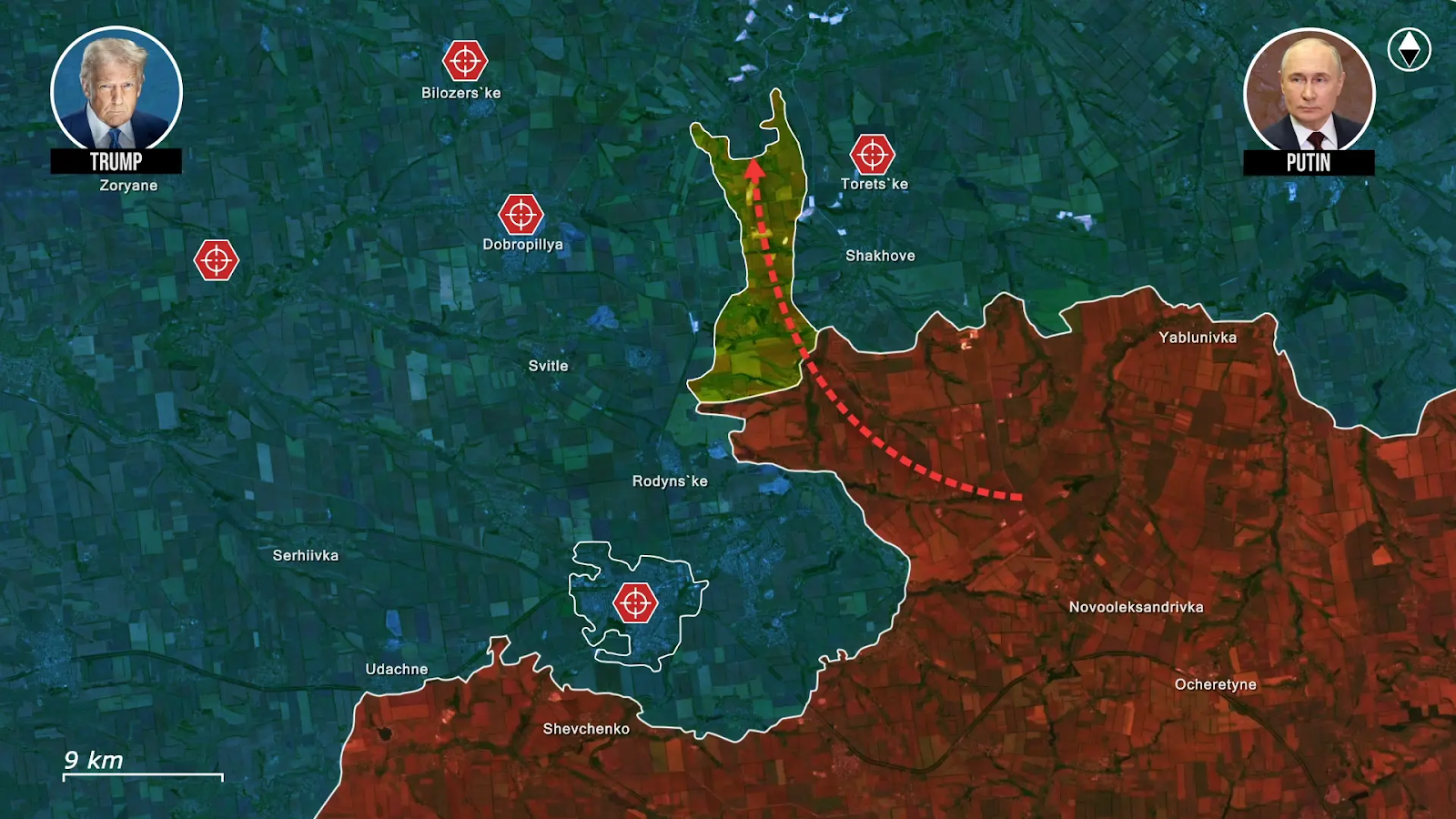
Overall, by moving one of the most experienced and feared formations into the sector of Pokrovsk, Ukraine recognizes both the danger and the need to correct earlier mistakes and failures. The coming days will be decisive, as if Ukrainian forces can seal off and destroy the Russian spearhead, they will not only save Pokrovsk but also preserve the integrity of the Donbas defense system.









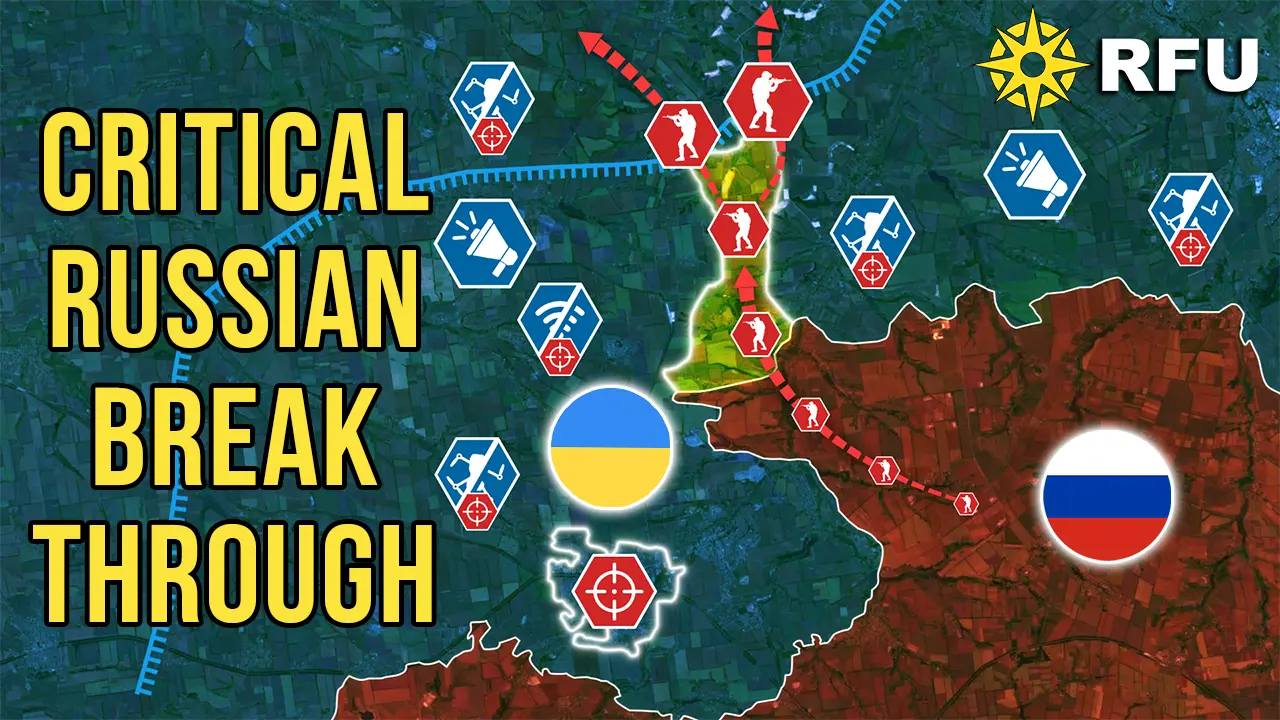
.jpg)
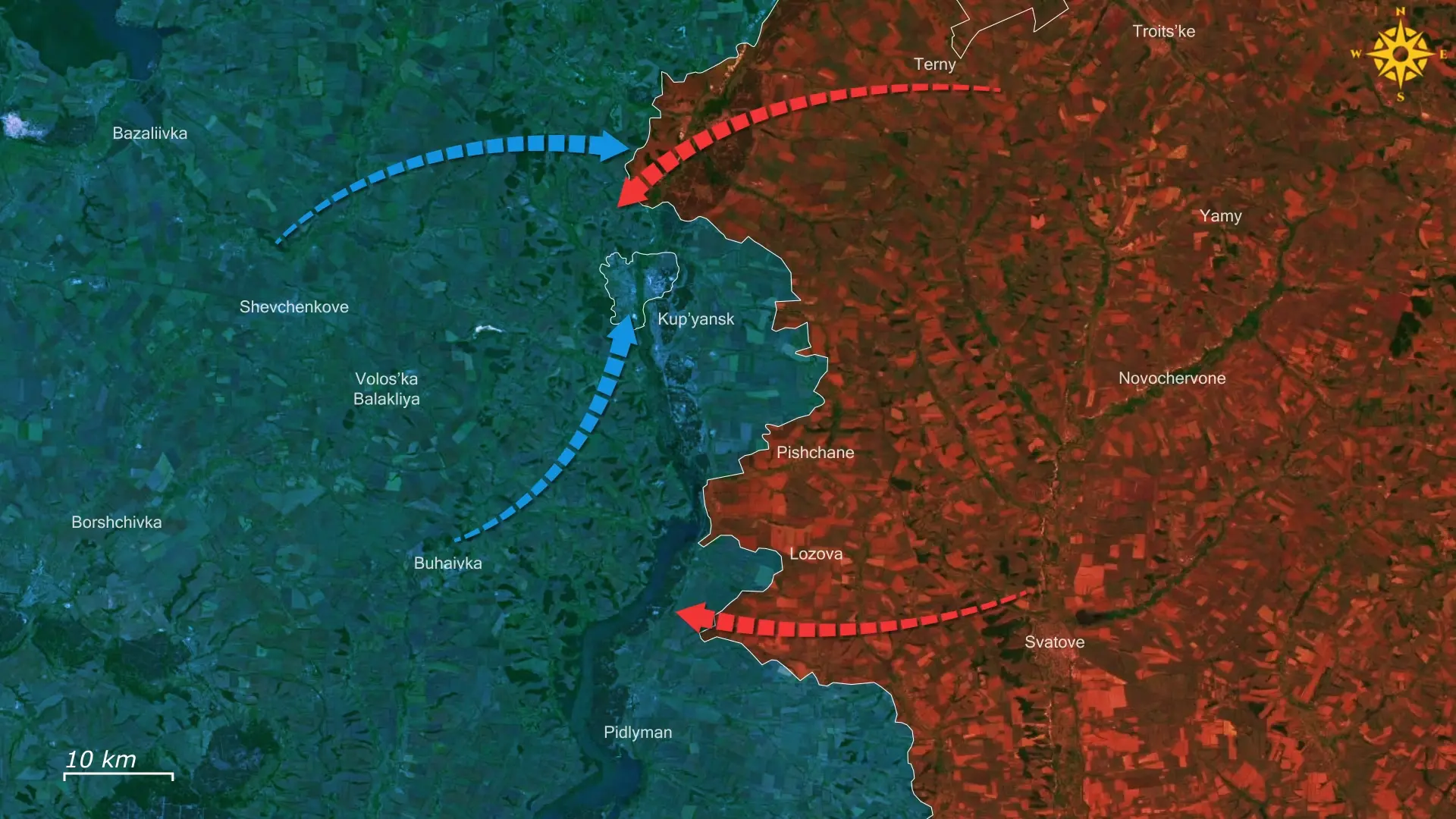
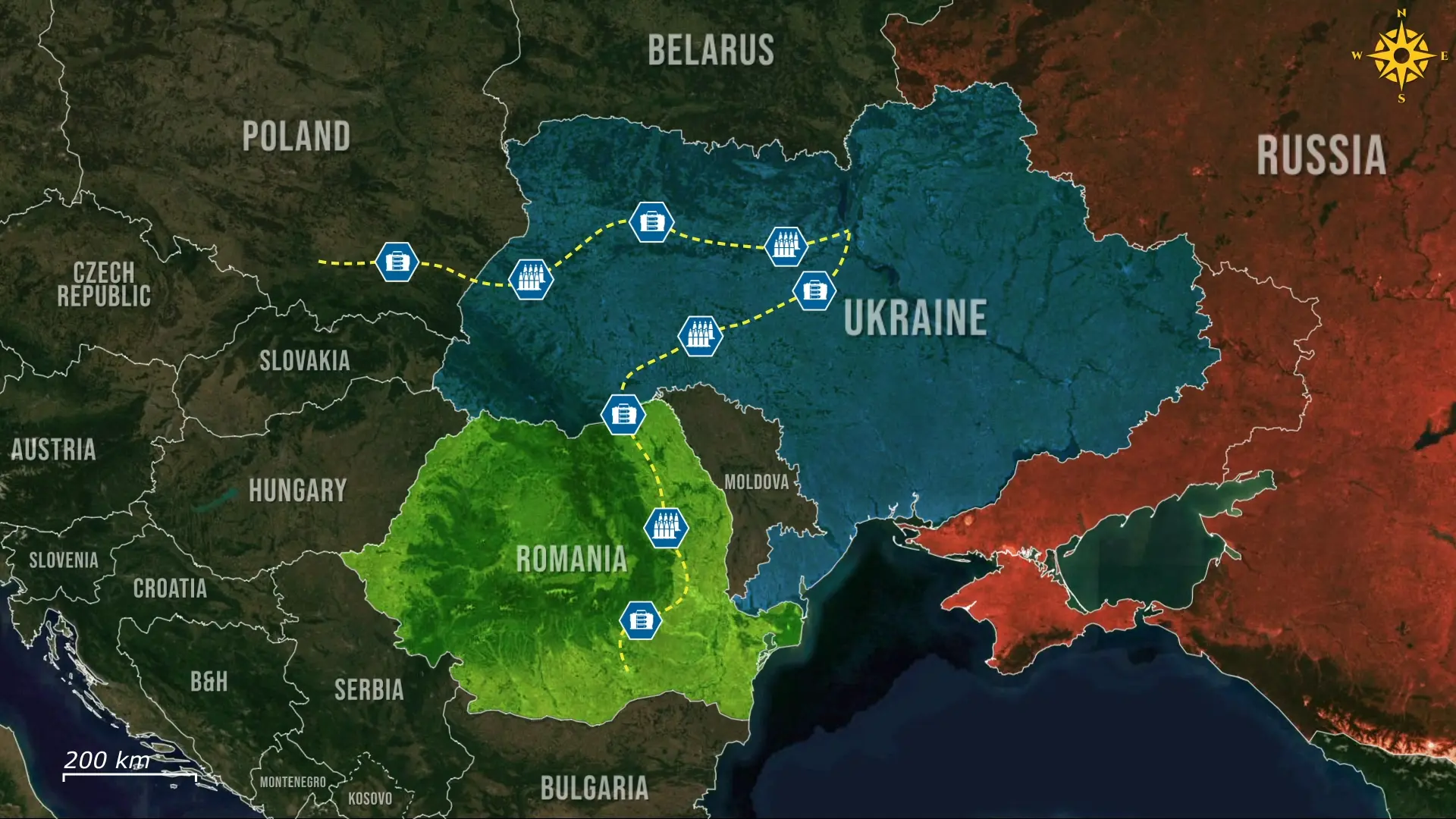

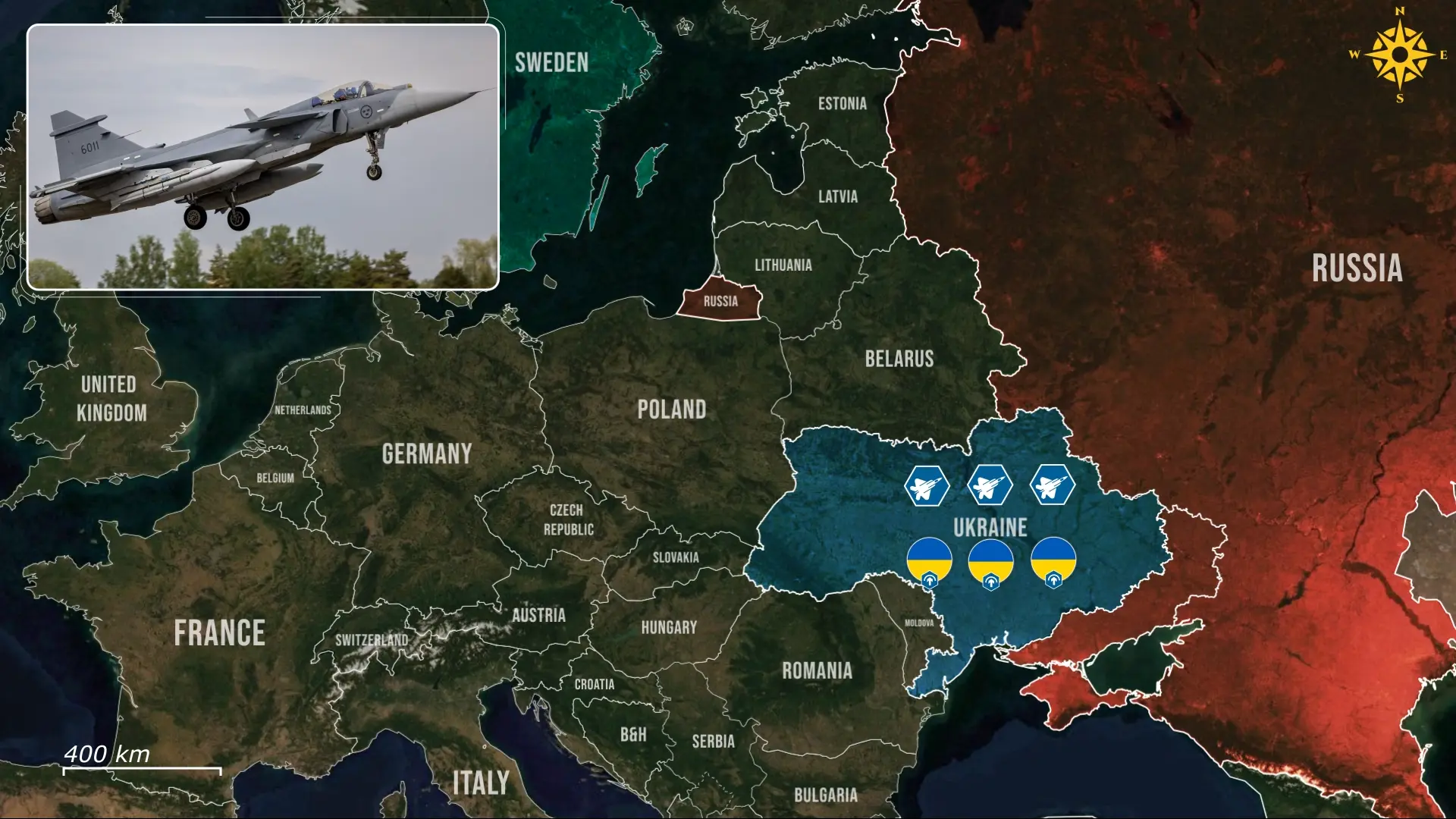
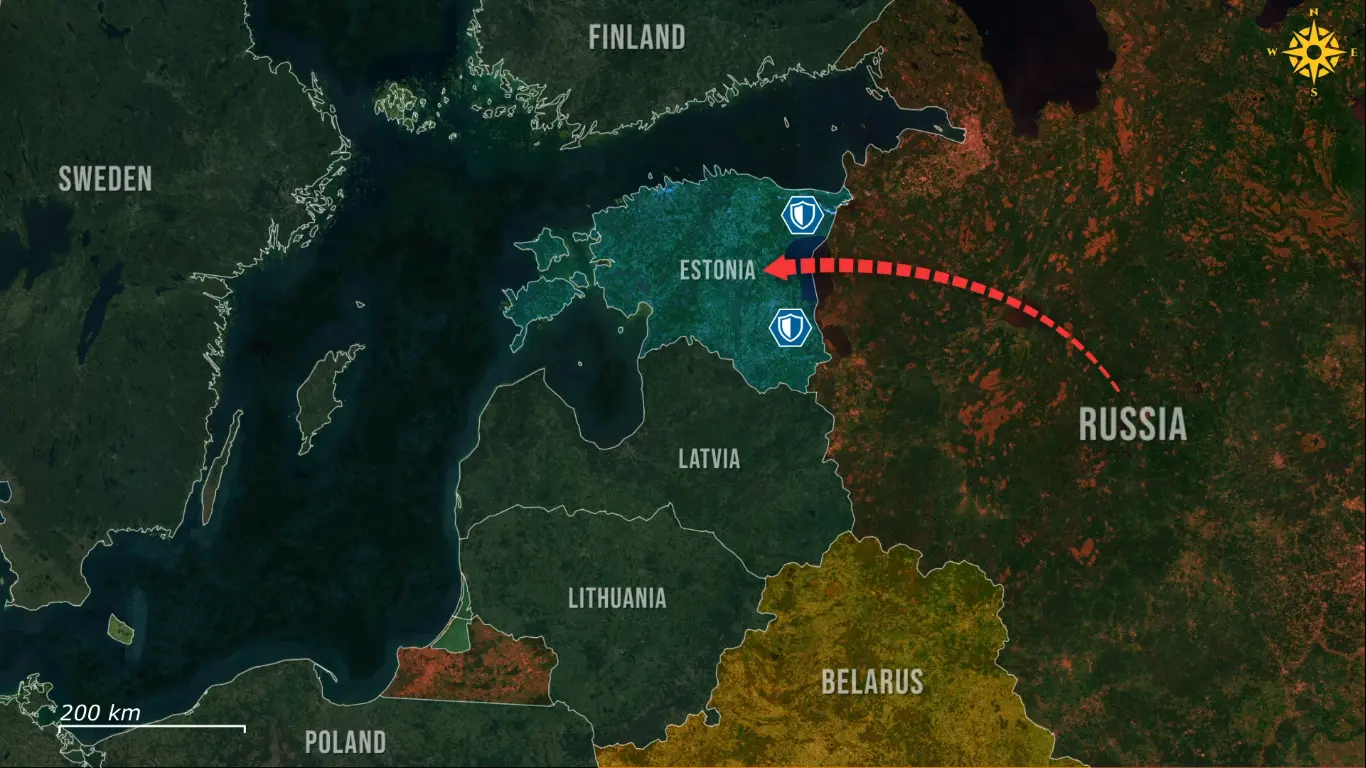
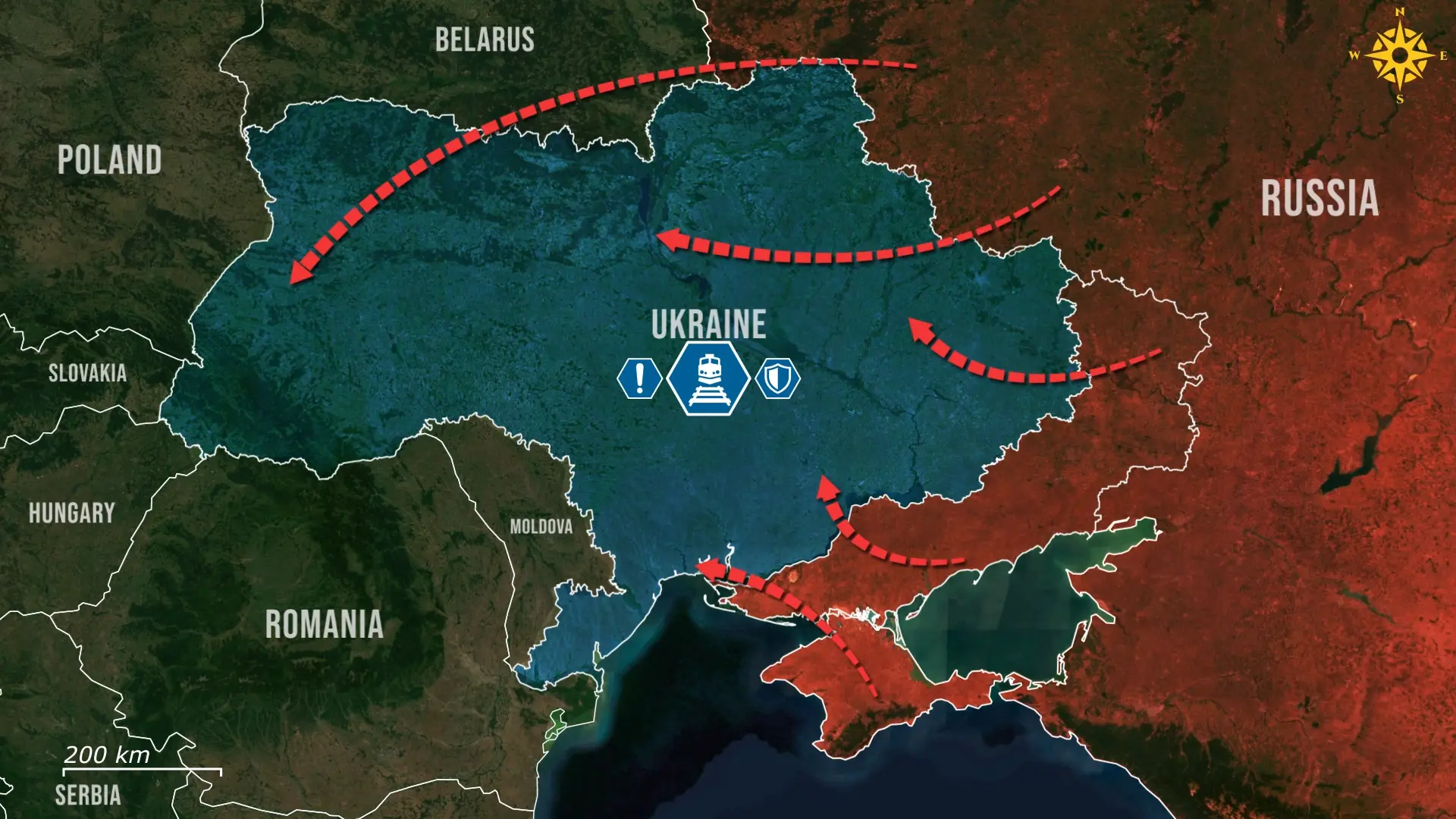
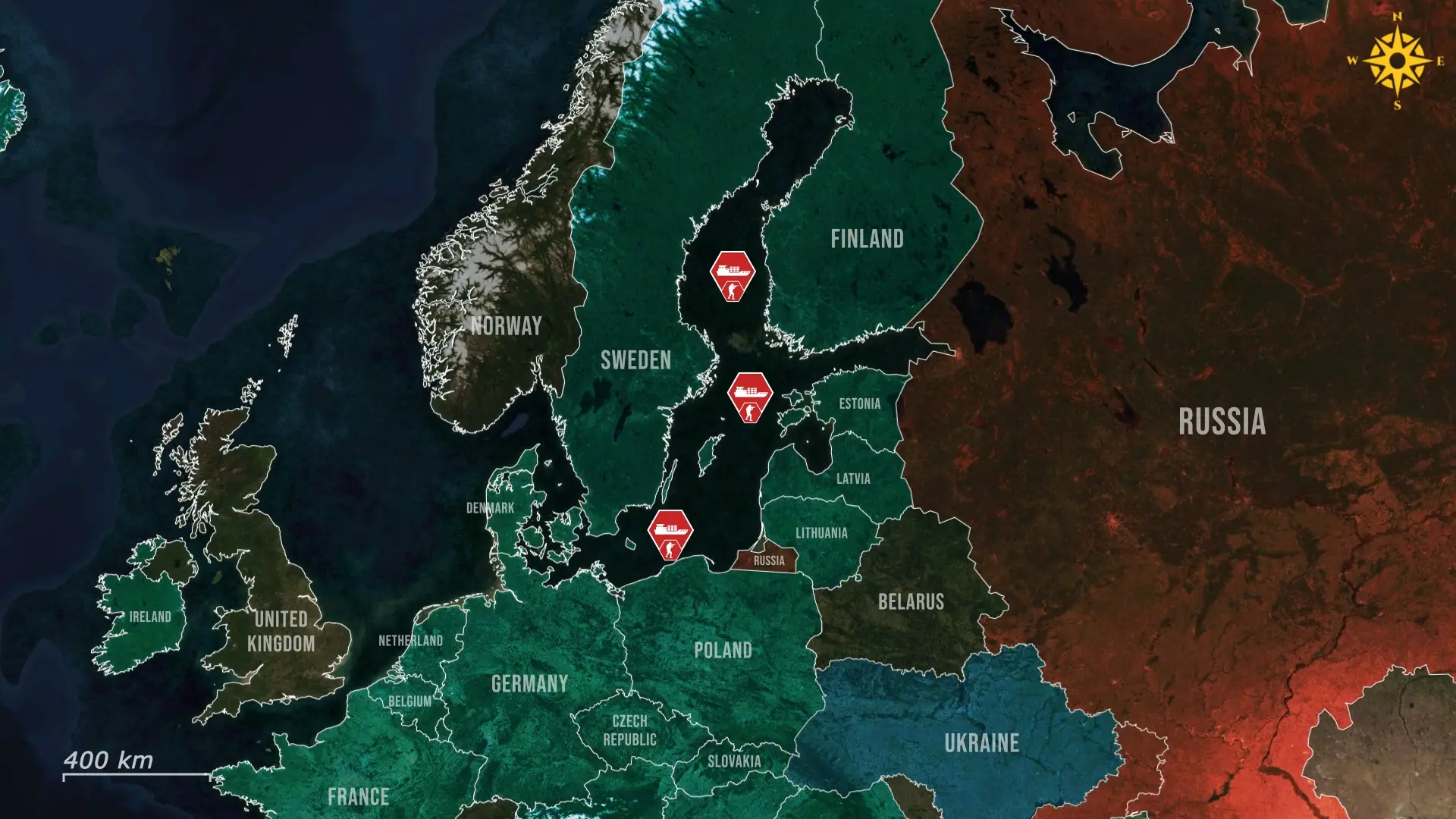
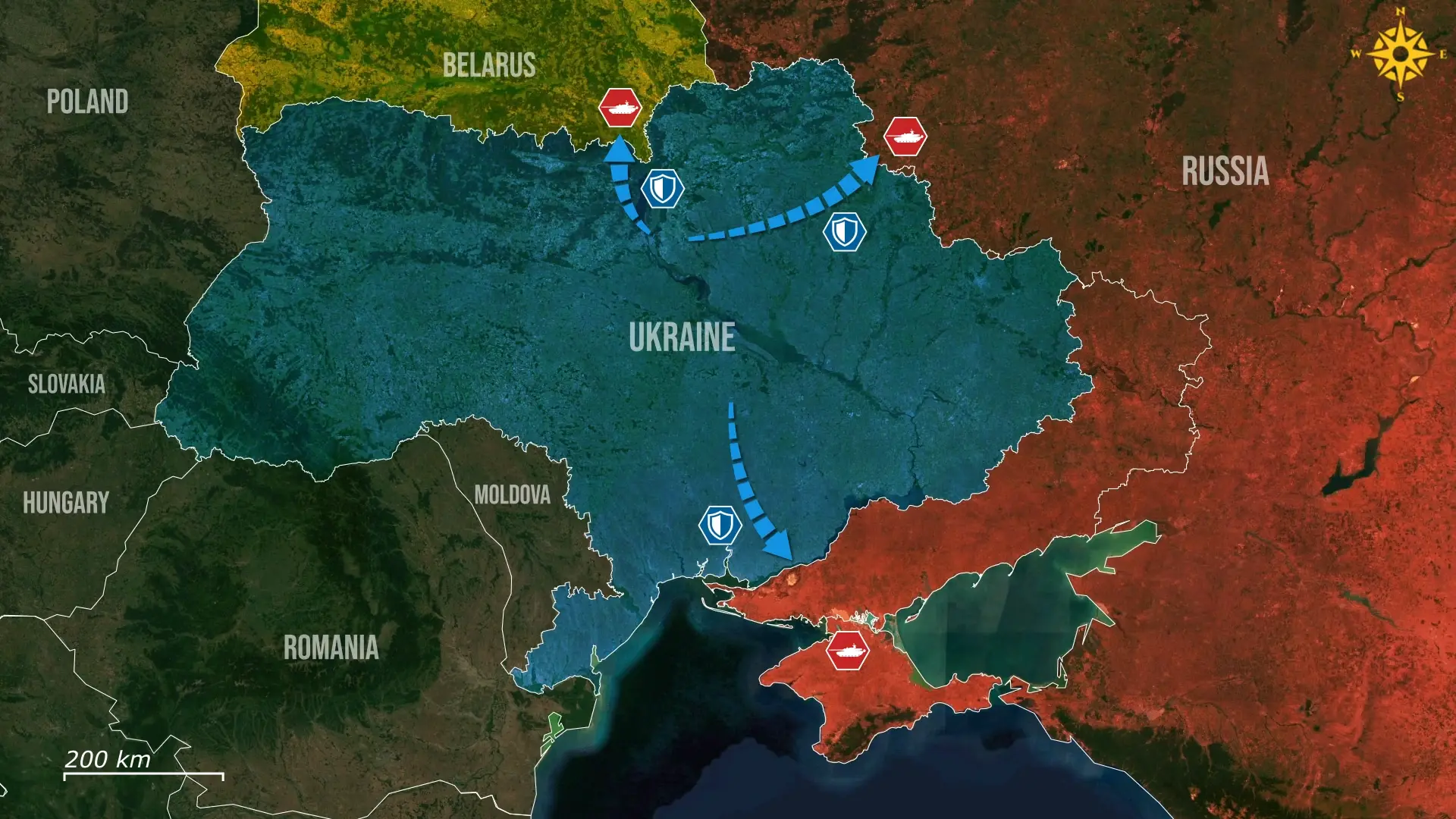
Comments